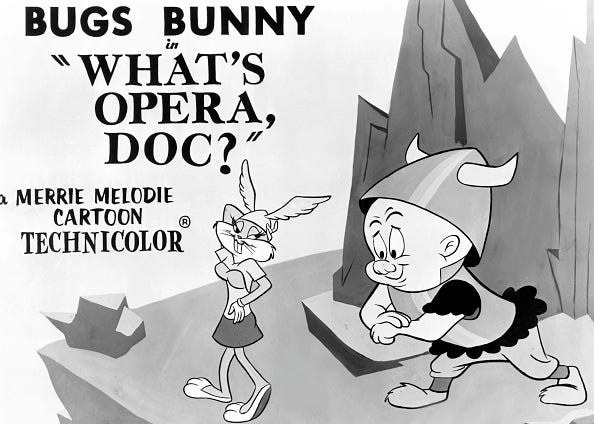The Writer's Almanac from Saturday, July 27, 2013
"Morning Swim" by Maxine Kumin, from Selected Poems 1960-1990. © Norton, 1990.
ORIGINAL TEXT AND AUDIO - 2013
It's the birthday of New York chronicler Joseph (Quincy) Mitchell, born in Iona, North Carolina, in 1908. He worked at The New Yorker, where he wrote about ordinary people and things: the Fulton Fish Market, the clammers of Long Island, and the oystermen of Staten Island. He wrote about gin-mill owners, con artists, a flea-circus operator, and Joseph Ferdinand Gould, "Professor Seagull," who claimed to know how to understand seagulls, and said he had translated the poetry of Longfellow into seagull language. Of the service at McSorley's Saloon in the East Village, Mitchell wrote in 1940: "It is a drowsy place; the bartenders never make a needless move, the customers nurse their mugs of ale, and the three clocks on the walls have not been in agreement for many years. The backbone of the clientele is a rapidly thinning group of crusty old men, predominantly Irish, who have been drinking there since they were youths and now have a proprietary feeling about the place."
It was on this day in 1940 that Bugs Bunny made his official debut in an animated film short called A Wild Hare. It was the first cartoon in which Bugs Bunny acted like himself. The storyline of the cartoon involved Elmer Fudd hunting rabbits, only to have Bugs thwart him at every turn. Bugs Bunny's first line in the cartoon, when he meets Elmer Fudd, is, "What's up, doc?" It was a phrase that one of the writers remembered people saying where he grew up in Texas. It got such a big laugh in the theaters that the writers decided to make it a catchphrase.
Bugs Bunny was also a great transgressor, frequently dressing in drag to seduce his enemies into losing their cool. He often went through a series of disguises and identities in each cartoon. He was a quick-change artist and a performer, able to sing and dance and play the part of any character. In one cartoon, he managed to single-handedly and simultaneously play all the positions on a baseball team.
He went on to star in more than 160 classic Warner Brothers cartoons. He became the second cartoon character, after Mickey Mouse, to receive his own star on the Hollywood Walk of Fame.
It's the birthday of Hilaire Belloc, born in Paris, France (1870). In his lifetime, he was known for his journalism and serious essays. But today, he's best known for his books of satiric verse about naughty children and for lines such as these: "I'm tired of love; I'm still more tired of rhyme; but money gives me pleasure all the time."
And:
"When I am dead, I hope it may be said:
His sins were scarlet, but his books were read."
Be well, do good work, and keep in touch.®
Join us for A Prairie Home Companion on Saturday, September 28, 2024. We’ll be at the Norsk Høstfest in Minot, ND!
For ticket details, click HERE. We hope you can make it!






Even back then,10 years you were on-target, GK. Let there be fun and music, song and stories. You bettered Belloc, these many years. Bellaire may have been "tired of love"; but not Garrison. Love makes the world go round!
And:
"When I am dead, I hope it may be said:
His sins were rare, and his "Almanacs"well-read!
There he lies, this script unfed.
Another heaven-done Writer, now dead.
Iona, North Carolina, is not known to Google Maps.
Where is it?